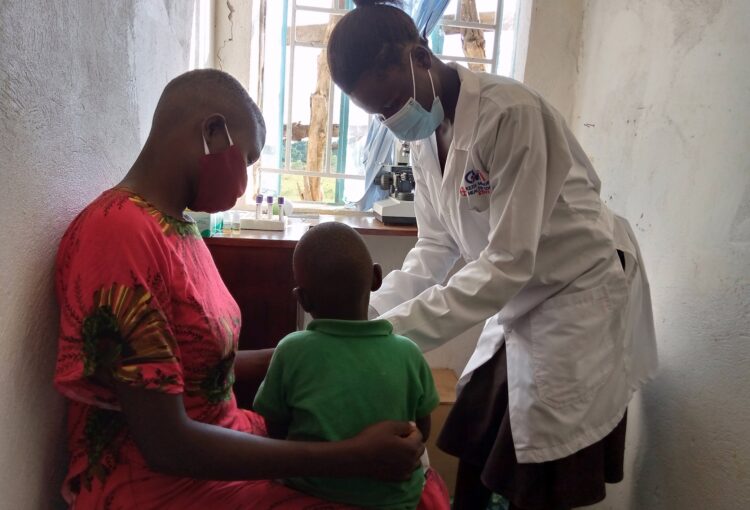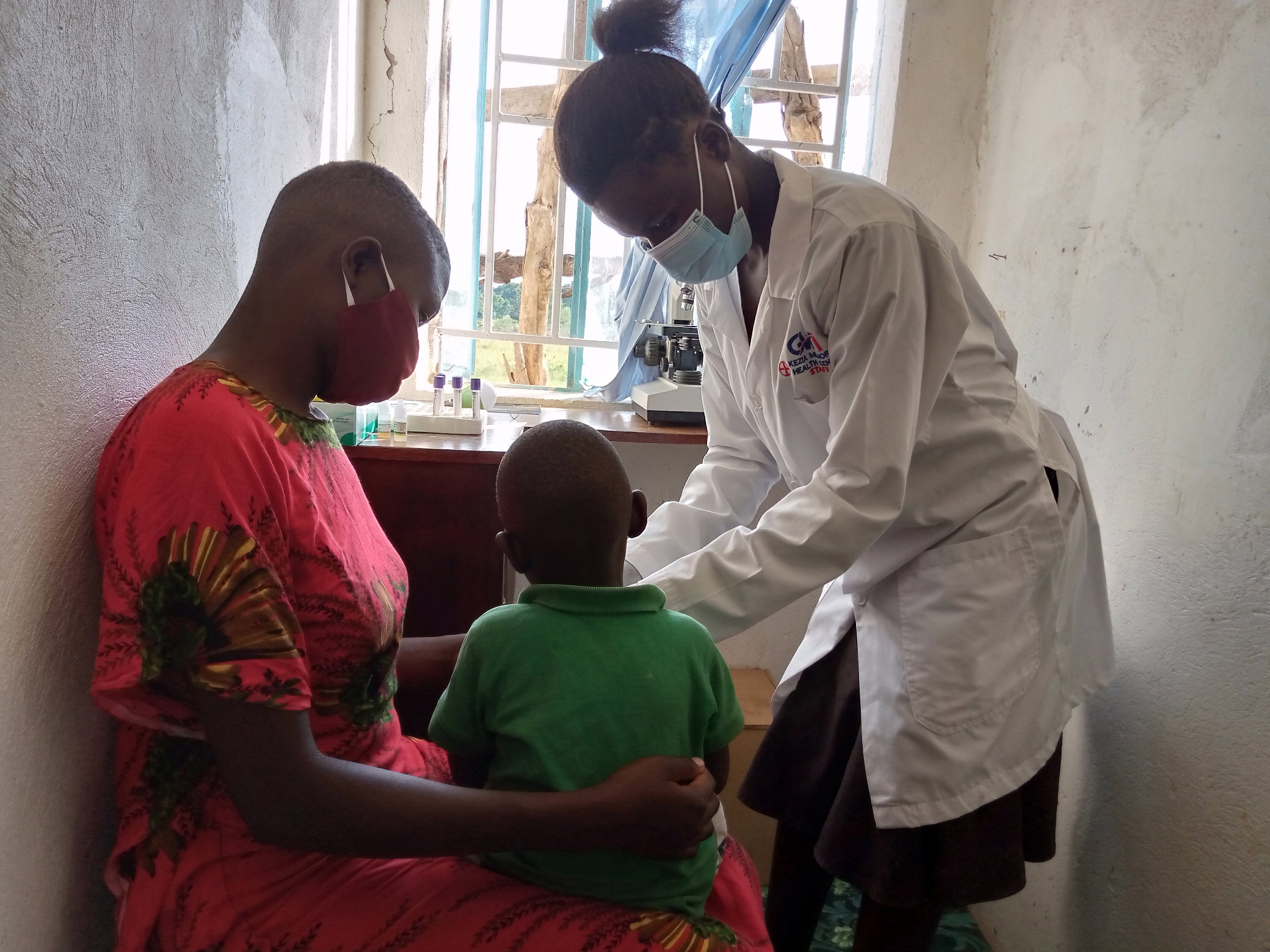
It is important to know key ‘numbers’ in your life that pertain to your health and/or exercise program or your daily regimen.
Mr. Sebbo takes us through his experience with Blood Pressure & Heart Rate
“I check my Blood pressure (BP) after every workout and sometimes at other times during the day. Regardless, it is important that you consider checking your BP at least once a week.Please discover what your average BP is after activity and at rest (or, your average numbers).
It is also important to know what these numbers represent in terms of your short and long term health. For example, systolic and diastolic, represent the top and bottom numbers, respectively, on a BP monitor. It would be good to buy one and learn to check it yourself (like me).
Systolic (top number) is when the heart muscle contracts and pumps blood from the chambers into the arteries.
Diastolic (bottom number) is the pressure in the arteries when the heart is at rest between beats (when the heart fill with blood and gets oxygen).
There are various classifications of blood pressure. The chart below depicts where you fall. If you have high blood pressure (hypertension) a little exercise may help you move that number down. Sometimes exercise alone may be effective and sometimes your doctor may prescribe medicine.
| Classification | Systolic (mm Hg) | Diastolic (mm Hg) |
| Optimal | <120 | And < 80 |
| Normal | 120–129 | Or 80–84/and < 80 |
| High normal | 130–139 | Or 85–89/and 80–89 |
| Stage 1 hypertension | 140–159 | Or 90–99 |
Low blood pressure occurs when blood pressure is much lower than normal. This means the heart, brain, and other parts of the body do not get enough blood. Normal blood pressure is mostly between 90/60 mmHg and 120/80 mmHg. The medical name for low blood pressure is hypotension.
Heart Rate
A normal resting heart rate for adults ranges from 60 to 100 beats per minute. Generally, a lower heart rate at rest implies more efficient heart function and better cardiovascular fitness.
My Fitbit shows that my resting heart rate is between 55-58 beats per minute (or bpm)so my exercise regimen has contributed to that lower than normal number or ‘athletic.’ During exercise my bpm gets up to 135 or 70-80% of my maximum for my age”.
Follow our previous article AIC numbers & other health tips. Know your numbers- learn their consequences in terms of your overall health- and that will help you develop a plan for nutrition and exercise for you and perhaps, your family. Also, you may consult GWI for assistance.
Dear friend, I pray that you may enjoy good health and that all may go well with you, even as your soul is getting along well” (3 John 1:2).

